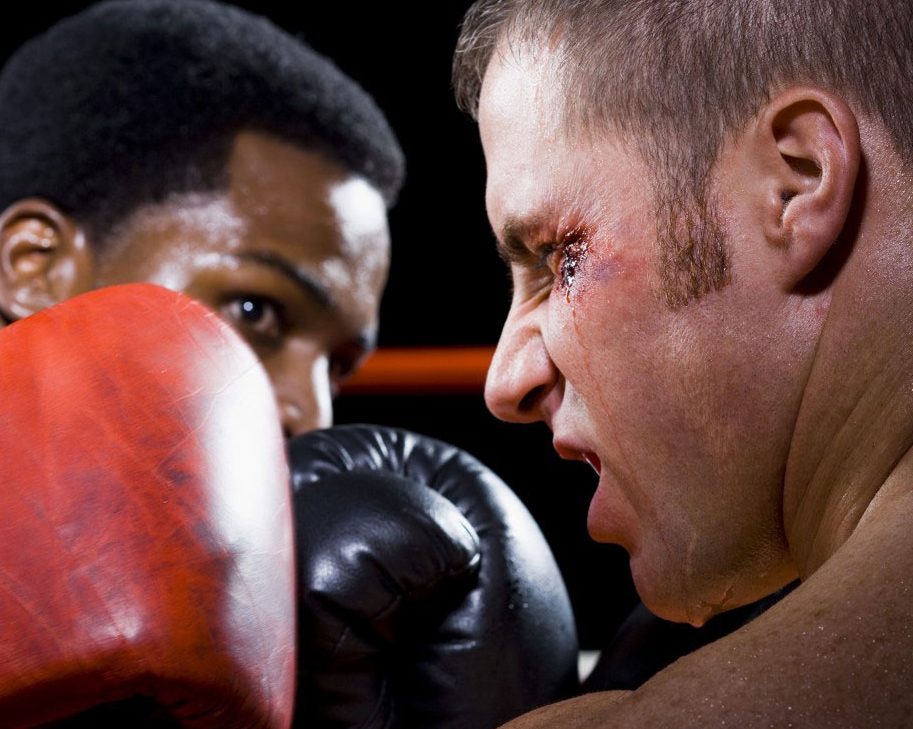Chronic Traumatic Encephalopathy Causes and Symptoms

Evidence is accumulating that contact sports and concussions, especially in football and boxing, cause chronic traumatic encephalopathy, even in very young athletes.
In 2002, when a previously unknown disease was found in the brain of the late professional football legend Mike Webster, it was just the beginning.
Today, chances are you know about chronic traumatic encephalopathy (CTE). If you have a child who plays contact sports, you’re concerned about it.
YOU MIGHT ALSO LIKE: Take Concussion Seriously
Chronic traumatic encephalopathy causes and symptoms
CTE is a neurodegenerative disorder associated with repetitive head impacts and concussions. It can be diagnosed only by autopsy after death. Abnormal proteins called tau form in the cortex of the brain, replacing healthy tissue as impacts accumulate. The brain also loses mass, or atrophies.
Some of the most common symptoms of chronic traumatic encephalopathy include:
- Loss of memory
- Difficulty controlling impulsive or erratic behavior
- Impaired judgment
- Behavioral disturbances including aggression and depression
- Difficulty with balance
- Speech problems
- A gradual onset of dementia
The majority of concussions and repetitive head injuries go unnoticed.
In an autopsy study, more than 90 percent of former NFL players showed signs of CTE. Some of them had killed themselves over the disorienting, frightening symptoms. Veterans who returned from the Middle East also had a higher risk for CTE.
Cumulative effects of repetitive head trauma, resulting in cognitive impairment, have also been found among college football players and amateur and professional soccer players. The earliest signs of CTE have been found in the brain of an unnamed 18-year-old, multisport high school athlete.
Researchers definitively found widespread CTE in the brain of 25-year-old former college football player who had more than 10 concussions in 16 years of playing the sport. The unnamed athlete was the youngest to get a definitive diagnosis of CTE.
There could be signs of it in your own child, and not just if he’s a football player. An accumulation of micro concussions has been found in the brains of female high school soccer players who used their head to strike the ball.
The researcher who runs the Boston University lab where the brains are studied, Ann McKee, MD, says she realizes some experts believe the extent of the problem is being exaggerated. But she is adamant that CTE is a real disease that is easy to identify in the brains of athletes who had head trauma.
How is chronic traumatic encephalopathy diagnosed?
CTE remains a clinical diagnosis based on presentation of symptoms, history of repetitive head injury, and neuropsychological testing, which is confirmed by examination of brain tissue postmortem. Neuroimaging provides additional support for a diagnosis of CTE. A definitive diagnosis comes from examination of brain tissue following death.
A UCLA study, however, that employs a novel imaging tool has found a similar pattern of abnormal protein deposits in the brains of retired NFL players who had concussions.
The innovative imaging technique uses a chemical marker combined with positron emission tomography, or PET scan, and was initially tested in five retired NFL players. Building on their previous work, researchers found the same characteristic pattern in a larger number of retired players who had sustained concussions and saw markers at different stages.
“These different stages reflected by the brain marker may give us more insight into how CTE develops and allow us to track the disease over time,” said Vladimir Kepe, PhD, an author of the UCLA study and a radiochemist at the Cleveland Clinic.
Is there a chronic traumatic encephalopathy treatment?
There is no treatment for CTE. While research is ongoing, the best known "treatment" is preventing head injuries. One method of prevention is avoiding contact sports. Children should not play tackle football, says Bennet Omalu, MD, the researcher who examined Webster’s brain and “discovered” CTE. Ice hockey, mixed marital arts, and boxing also put young athletes at risk of permanent brain damage, Omalu wrote in an editorial for The New York Times.
“Our children are minors who have not reached the age of consent,” he said. “It is our moral duty as a society to protect the most vulnerable of us. The human brain becomes fully developed at about 18 to 25 years old. We should at least wait for our children to grow up, be provided with the information and education on the risk of play, and let them make their own decisions.”
Amalu says there should be a legal age limit for playing tackle football.
At the very least, experts concur, you should know the symptoms of a concussion and, if your child does get a concussion, remove the child from play or practice, have the child evaluated by a healthcare provider, and get medical clearance before letting him or her return to play.
Before a season begins, find out with certainty what procedures your child’s school or athletic organization has in place for handling concussions, including protocols for taking kids out of play, having them evaluated, and subsequent rules for clearing them to return to play. Most importantly, know who is assessing your child’s condition and ability to play in the first place. Are they qualified?
Updated:
March 31, 2023
Reviewed By:
Christopher Nystuen, MD, MBA